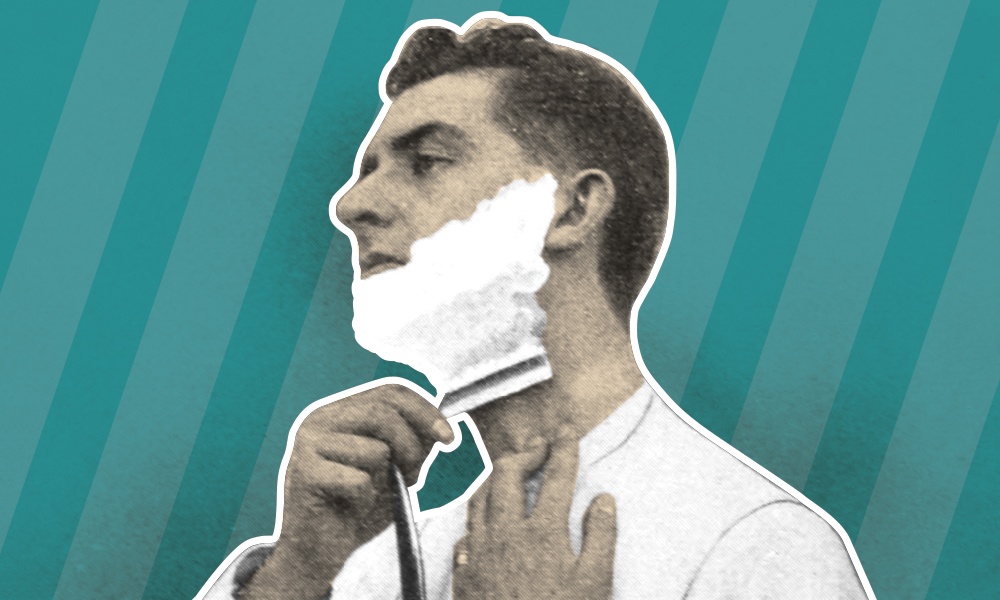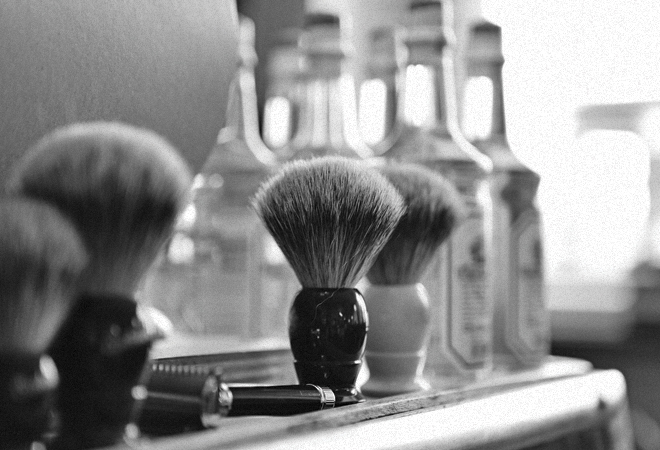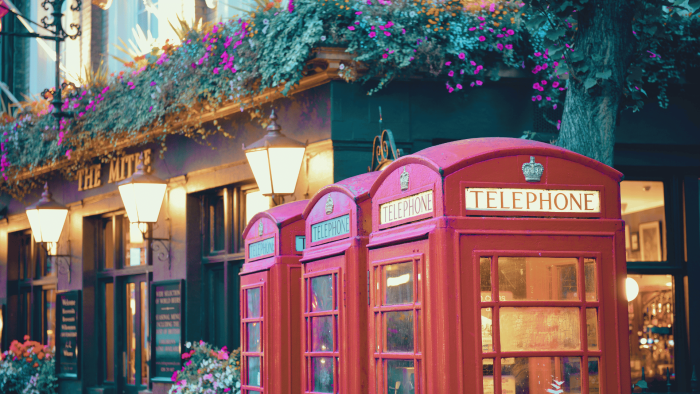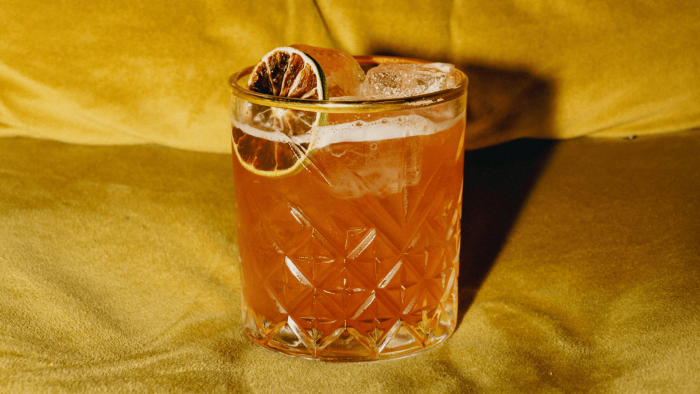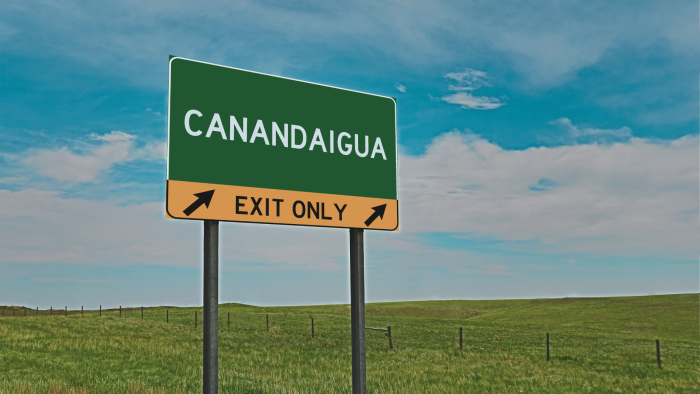Eventually, No Shave November will come to an end. That’s kind of the point of having months (but before it does, may we suggest a donation to the Prostate Cancer Foundation?). From there, you have two choices. You can keep the man-face you’ve been cultivating, or you can shave. If you decide to shave, we wanted to make sure you’re prepared to shave your beard the right way—the way your grandfather would have done it.
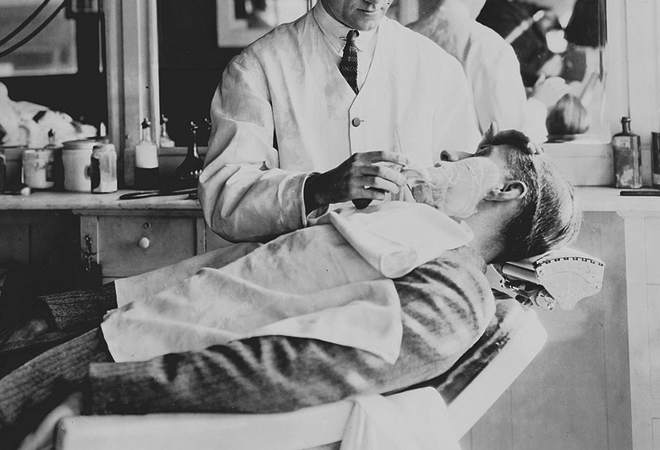
A Hot Washcloth Goes a Long Way
It doesn’t matter if you’ve got the steadiest hands and best blade in the world; without proper prep, you’re destined for a shit shave. But proper prep also sounds a lot more complicated than it actually is. It’s really only one step, which is, get yourself a fresh washcloth, run it under as hot a tap as you can stand without burning yourself, and apply it to the area you’re shaving.
Why hot? Well, science, of course.
A hot washcloth pressed against your face for a couple minutes will open up your pores, loosen skin, and soften even the stiffest of whiskers. With your pores open, your hairs will resist less. That means no nips or cuts, no pulled hair, etc. Everything goes smoothly, and isn’t that the whole point?
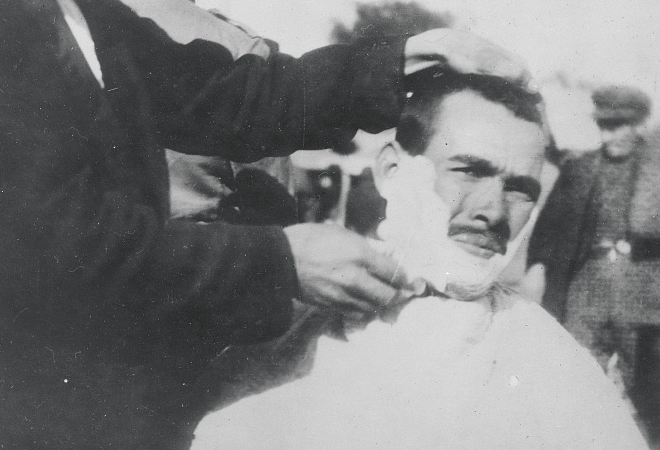
Cream or Soap
Up until this point in your life, we’d be willing to bet that you know shaving cream as nothing other than the stuff in the aerosol can that comes out in cream or gel form. Take it from us. Leave the aerosol cans on the shelves, and make sure those chemically saturated goops never touch your face again.
When it comes to selecting the right lather, it mostly comes down to personal preference. Generally, there are two types—creams and soaps. From cream, you can generally expect a denser, thicker lather, which is ideal for thicker, tougher whiskers. Soaps are great for more sensitive skins. They’ll still work for coarser hairs, but if there’s a better choice (which there is) we recommend you go with that.
Shop around and see what you like. You might start out with cream but find you’re more suited to soap, or vice versa. We have a few suggestions for both if you’re looking.
Soaps
Arko
Creams
Boar, Badger and Everything Else
When we say “boar, badger, and everything else,” we’re talking about lather brushes, not hunting in Germany. Your brush is as essential to your shave kit as your razor, and the kind of brush you use changes part of your prepping process. For instance, if you’re going to use a natural hair brush, you’re going to want to soak them in hot water for at least 10 minutes prior to shaving.
Generally, there are three types lather brushes: Boar hair, badger hair, and synthetic. There are others, but these are the most common. Natural hair shaving brushes are ideal because they only get better over time. They break in, get split ends, lather up better, and will last literal years—maybe decades. But synthetics have their advantages too.
Badger is the crème de la crème of shaving brushes, and it’s definitely what we recommend. It tends to hydrate creams and soaps better and holds heat longer, both being factors that can change your shave in a big way. Their prices run the gamut, but, like most things, you don’t have to spend the GDP of a small nation to get a good brush. Sixty bucks should do you just fine.
Boar is great if you’re on a budget and still want a natural hair brush. The boar hair brushes don’t deliver near the quality of badger, but they do the job. For people who don’t want to spend a fortune on shaving equipment, they’re more than adequate. Again, prices vary, but with twenty bucks, you can get a boar bristle brush with enough left over for a burrito.
Finally, there are synthetic brushes. We don’t really recommend them if you can avoid it. The positives about them is that they don’t need to be soaked prior to shaving and they don’t come from animal. Some people like that kind of thing, but to us, the cons outweigh the pros. But the low price can be attractive. Ultimately, it’s up to you.
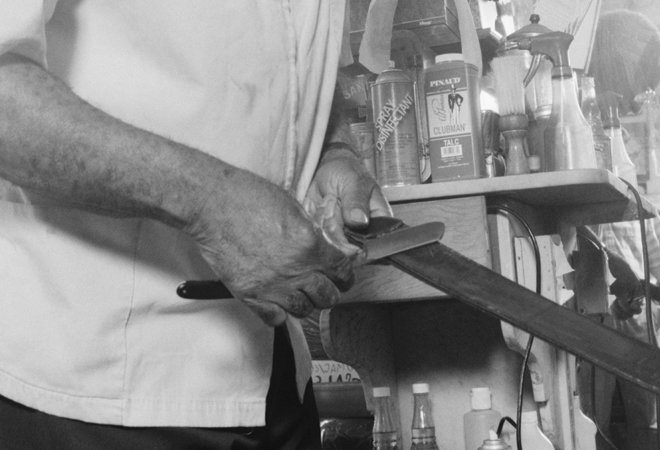
Your Razor is a Tool—Invest in Quality
The best thing about this kind of quality shave is that you save a lot of money. Shaving was such a simple, pure experience before marketing agencies ruined it with their environmentally unfriendly, quadruple-bladed plastic whatever-the-fucks. With wet shaving, you buy one body, one time, and then razor blades as you need them, in packs of 100 for something like 10 bucks.
The razor you choose is up to you, but a quality safety razor can be obtained for pretty damn cheap. For starters, we recommend something like the Perfecto Double Edge Long Handled Safety Razor, and then a package of blades.
It doesn’t come out to more than 25 bucks, which is notably less than the second mortgage we took out last time we needed to prep for a job interview.

Laying Your Lather
After a hot towel treatment, it’s time to lather up. If you’re using a real animal hair brush, you should’ve already soaked it for at least ten minutes.
With cream, you’re going to want to take a small finger scoop and gently mash it into the center of your brush. Wet your face, then take your brush and start lathering up.
If you’re working with a soap, the process is a little different. Take your damp brush, and slowly work it around in the soap until the bristles are relatively packed with soap. Then, take a small bowl and put a few drops of water in it and start churning vigorously. After some time, you should end up with dense, frothy lather.
More than 900 words later, and finally, we’re ready to start shaving. Phew.
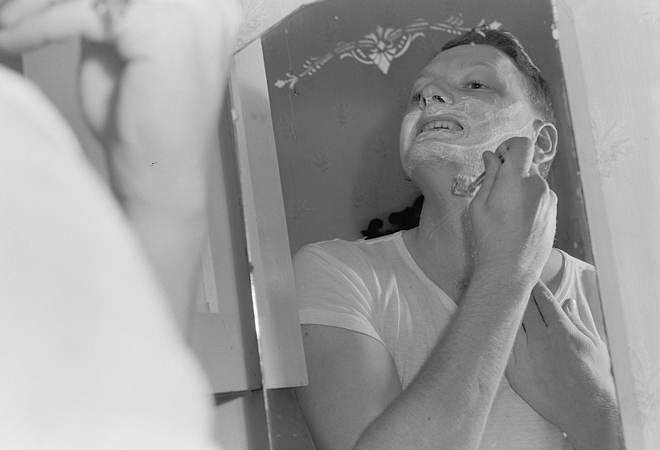
Shaving is an Art That Takes Care and Proper Technique
First, we should mention that if this is your first time working with a safety razor, it might look a little intimidating. One single piece of sharp metal, no blade guards—just your face skin and a blade.
And, if by chance, you do nick yourself, channel your grandfather. He and everyone older than him did this all the time and it’s a guarantee they cut themselves. They figured it out and so will you.
Taking your razor in hand, hold it to your face at a 30-degree angle. It’s important to note that you want to apply as little pressure as possible. The best thing about a single-blade razor is that the razor is sharp enough to do a lot of the work. Shave with the grain in short, consistent strokes. Be gentle, and don’t be surprised if you have to do two or even three passes to attain your desired smoothness.
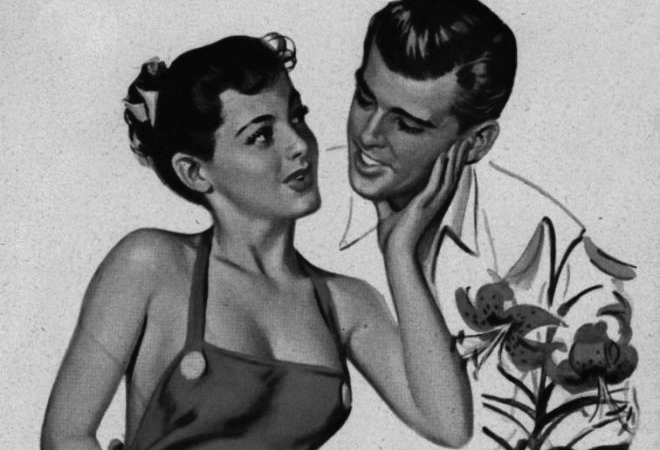
Aftercare
Just because the hair is gone doesn’t mean your shave is over. Proper aftercare is critical to the shaving process, because it could mean the difference between a light and easy experience, or a hellish one filled with razor bumps, ingrown hairs, and infected pores.
Right after you finish your last pass, take a washcloth, run it under a cold tap, and lay it on your face. The cold will close your pores and help prevent bacteria from infecting the follicles. After that, splash some aftershave on. Aside from smelling great, it also serves as a disinfectant that helps get rid of harmful bacteria.
Aftershaves, balms, etc—this is all personal preference, but here are a couple of our favorites.

